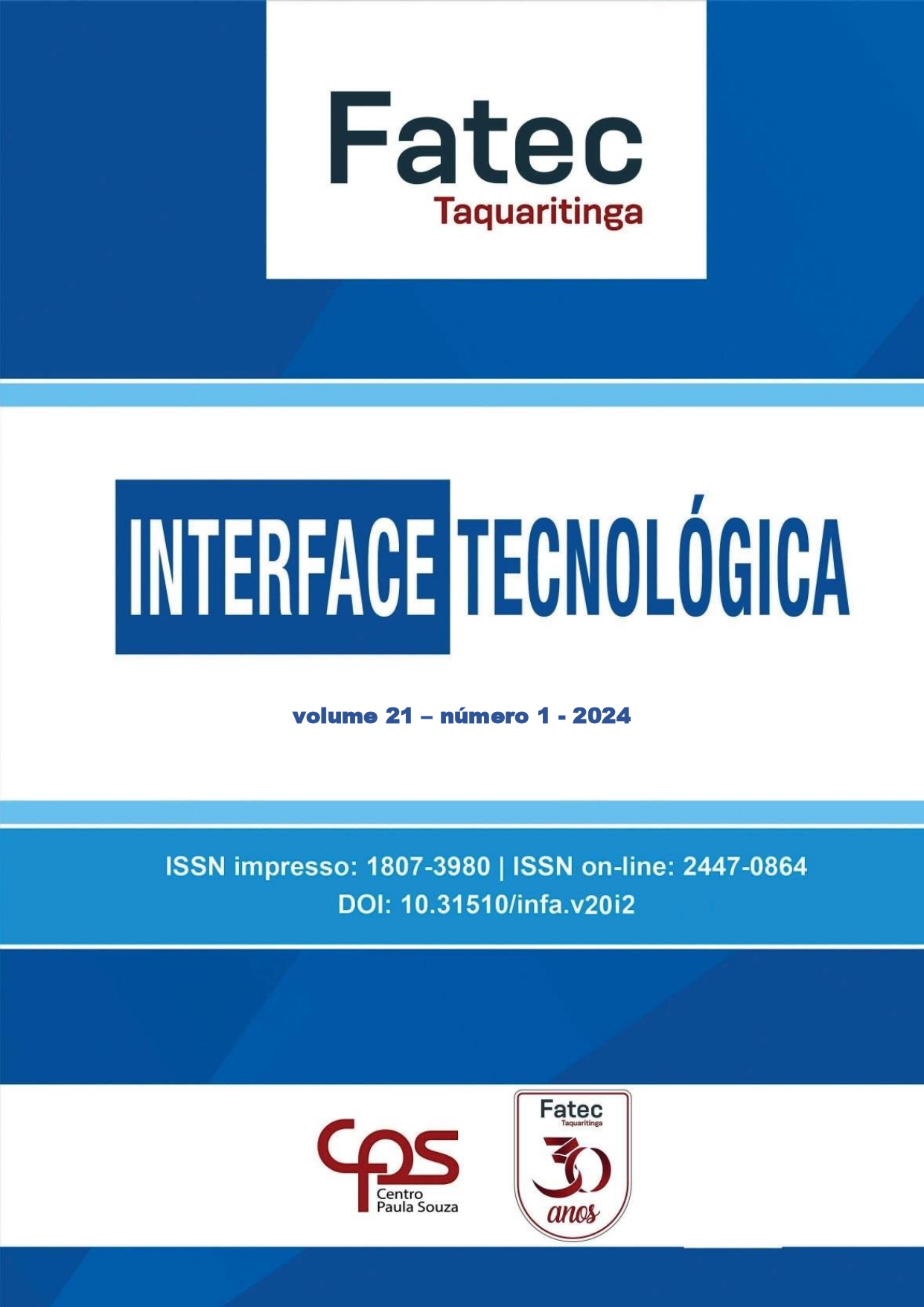THE IMPORTANCE OF REQUIREMENTS ANALYSIS FOR DEVELOPING A SYSTEM TO ASSIST SPECIAL EDUCATION PROFESSIONALS IN MAPPING STUDENTS WITH AUTISM SPECTRUM DISORDER
DOI:
https://doi.org/10.31510/infa.v21i1.1942Keywords:
Autism Spectrum Disorder, Requirements Analysis, Prototypes, Usability testsAbstract
Autism Spectrum Disorder (ASD) is a neurological condition that causes difficulties in social interaction and behavior. Special Education professionals evaluate children suspected of having ASD in schools and refer them for medical diagnosis. This article aims to discuss the importance of requirements analysis for creating a system to assist these professionals in mapping students with secure and accessible records. The methodology used was qualitative, involving bibliographic surveys and interviews with professionals in the field to synthesize the requirements. High-fidelity prototypes of the system's interfaces were created and evaluated using Nielsen's ten heuristics. The results include comprehensive requirements, detailed prototypes, and thorough usability tests, which enable the system's development. The conclusion is that requirements analysis, based on literature recommendations and interviews, is essential for understanding user needs and ensuring efficiency and accuracy in data collection. This forms a solid foundation for building a system specifically tailored to these professionals' needs, with well-tested and prototyped interfaces.
Downloads
References
BOURQUE, Pierre; FAIRLEY, Richard E (Org.). SWEBOK: Guide to the Software Engineering Body of Knowledge. 3 ed. Los Alamitos, CA: IEEE Computer Society, 2014.
CYBIS, Walter de Abreu; BETIOL, Adriana Holtz; FAUST, Richard. Ergonomia e Usabilidade: Conhecimentos, Métodos e Aplicações. 2 rev. ed. São Paulo, SP: Novatec, 2010.
LAKATOS, Eva Maria; MARCONI, Marina de Andrade. Fundamentos de metodologia científica. 5. ed. São Paulo, SP: Editora Atlas S.A., 2003.
LEMOS, Emellyne Lima de Medeiros Dias; SALOMÃO, Nádia Maria Ribeiro; AGRIPINO-RAMOS, Cibele Shírley. Inclusão de crianças autistas: um estudo sobre interações sociais no contexto escolar. Revista Brasileira de Educação Especial, v. 20, n. 1, p. 117–130, mar. 2014. DOI: https://doi.org/10.1590/S1413-65382014000100009
NIELSEN, Jakob. Enhancing the explanatory power of usability heuristics. 1994, New York, New York, USA: ACM Press, 1994. p. 152–158. DOI: https://doi.org/10.1145/191666.191729
PREECE, Jenny; SHARP, Helen; ROGERS, Yvonne. Interaction Design: Beyond Human-Computer Interaction. 4. ed. Indianapolis: Wiley, 2015.
PRESSMAN, Roger S; MAXIM, Bruce R. Engenharia de software: uma abordagem profissional. 9. ed. Porto Alegre, RS: AMGH, 2021.
SIEGEL, Bryna. O Mundo da Criança com Autismo: Compreender e Tratar Perturbações do Espectro do Autismo. 1. ed. Porto: Porto Editora, 2008.
SOMMERVILLE, Ian. Engenharia De Software. 10. ed. Campinas, SP: Pearson Brasil, 2019.
TAVEIRA, Maria das Graças Monte Mello et al. Transtornos do espectro autista: visão de discentes dos cursos de medicina e enfermagem de uma universidade pública. Ciência & Saúde Coletiva, v. 28, n. 6, p. 1853–1862, jun. 2023. DOI: https://doi.org/10.1590/1413-81232023286.15292022en
WORLD HEALTH ORGANIZATION (WHO). Autism. Disponível em: <https://www.who.int/news-room/fact-sheets/detail/autism-spectrum-disorders>. Acesso em: 24 mar. 2024.
Downloads
Published
Issue
Section
License
Copyright (c) 2025 Revista Interface Tecnológica

This work is licensed under a Creative Commons Attribution 4.0 International License.
Os direitos autorais dos artigos publicados pertencem à revista Interface Tecnológica e seguem o padrão Creative Commons (CC BY 4.0), que permite o remixe, adaptação e criação de obras derivadas do original, mesmo para fins comerciais. As novas obras devem conter menção ao(s) autor(es) nos créditos.








.jpg)




1.png)
1.png)
